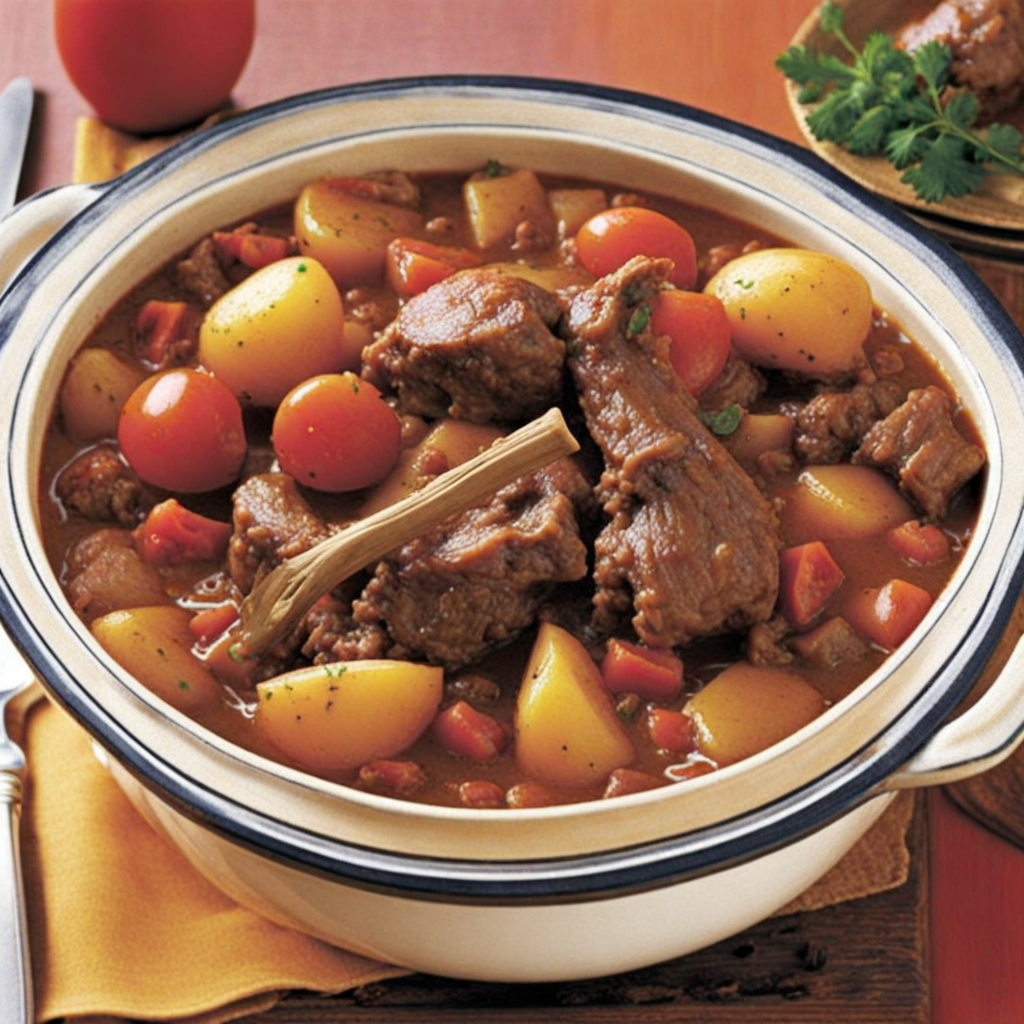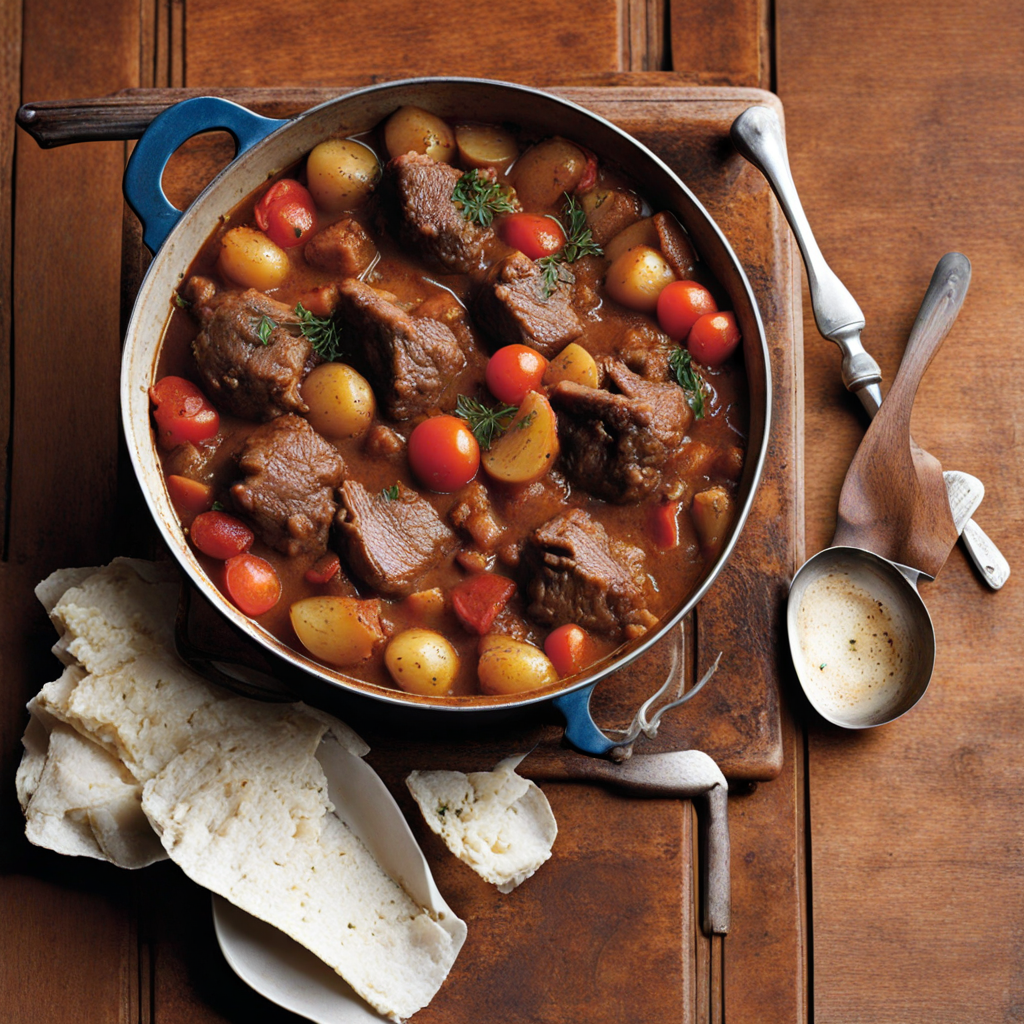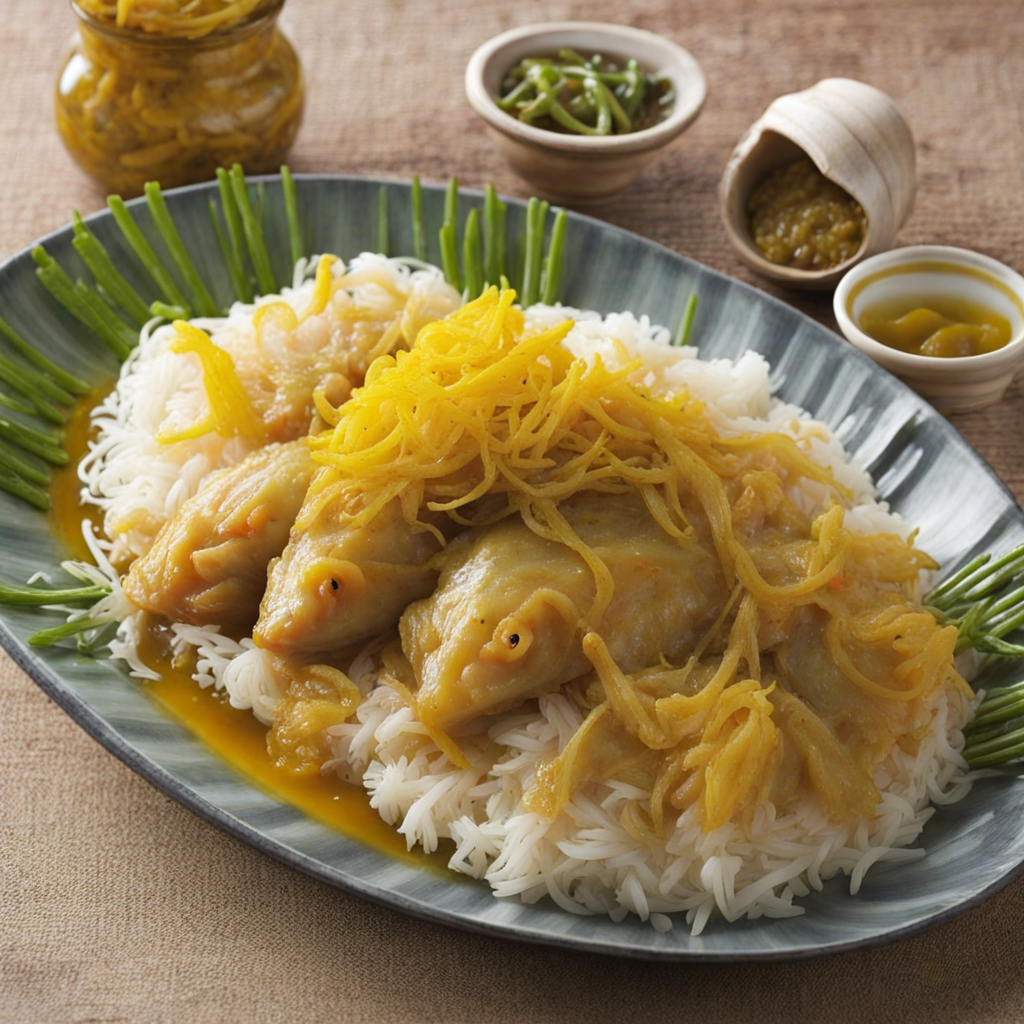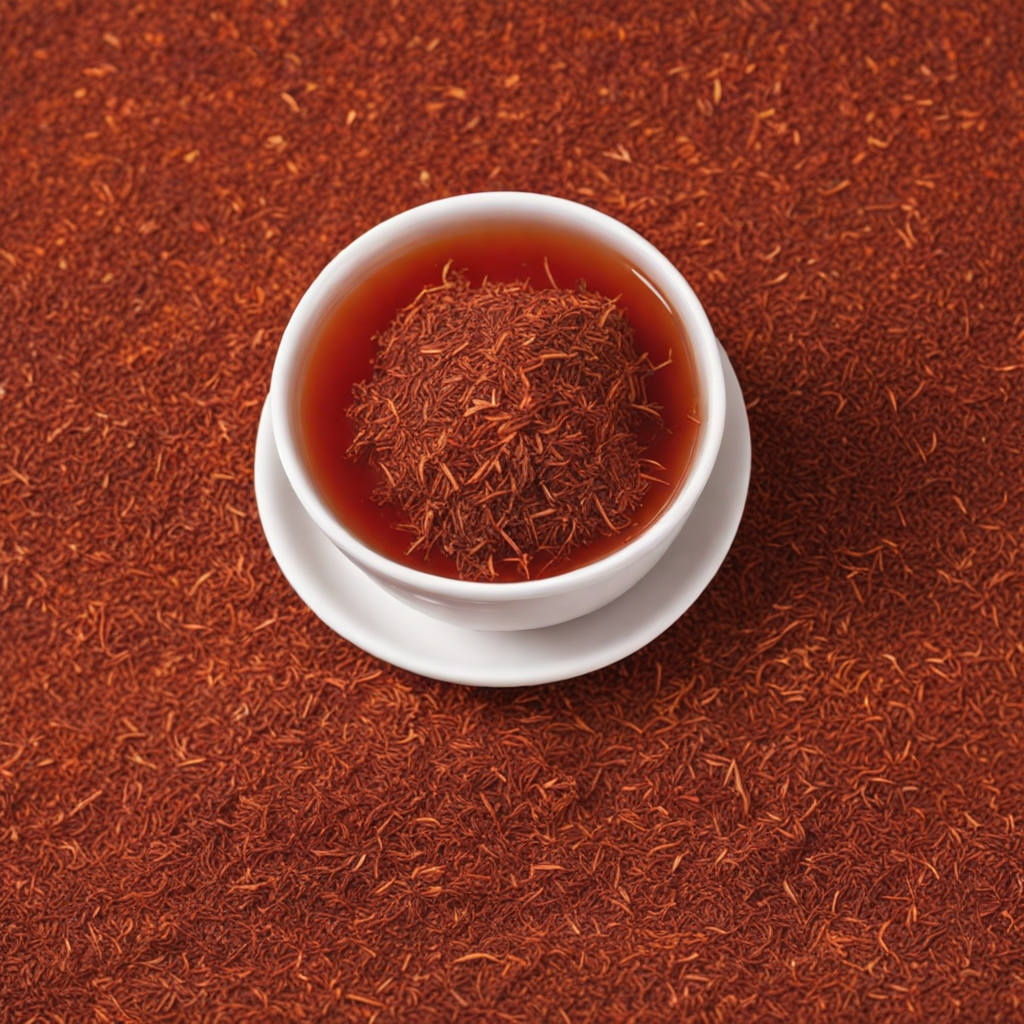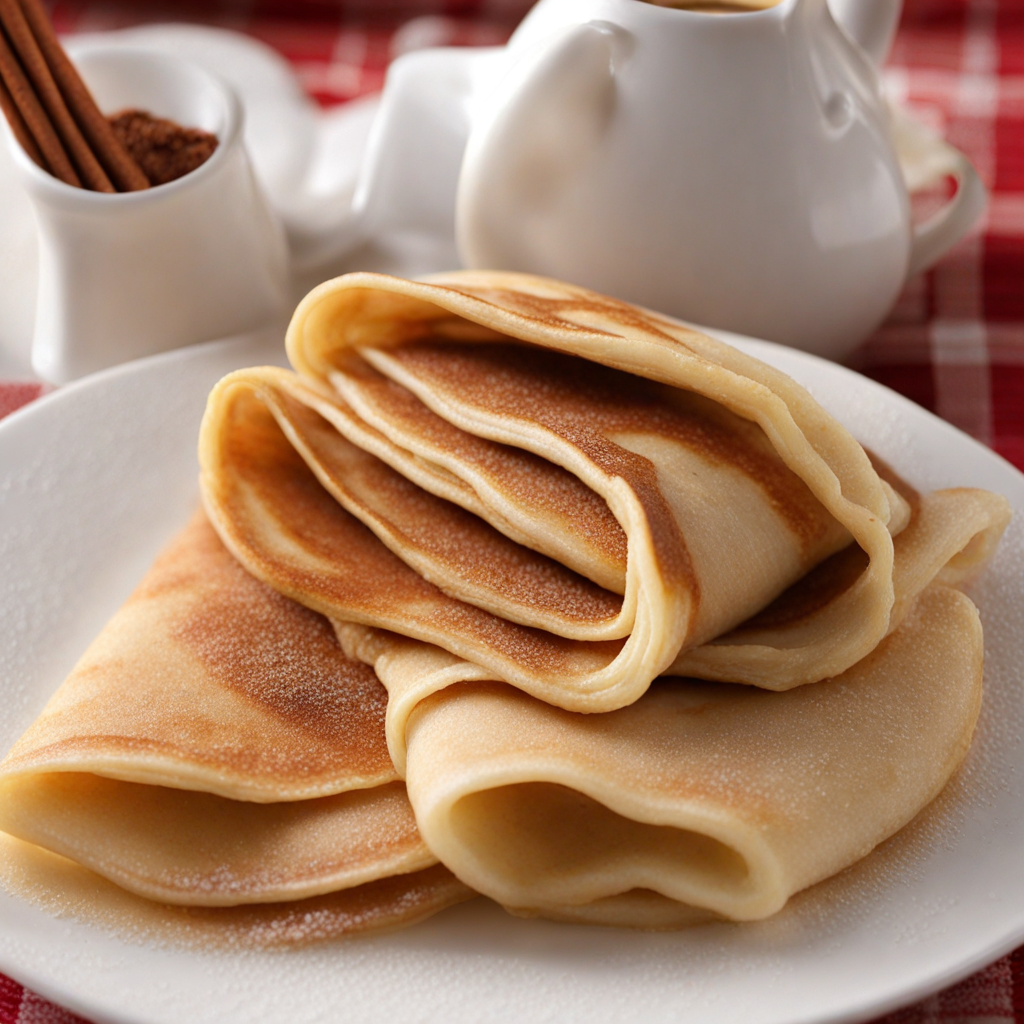Lamb Bredie
Lamb Bredie is a traditional South African stew that beautifully showcases the culinary heritage of the region. This hearty dish features tender pieces of lamb, slowly braised to perfection, allowing the meat to absorb a medley of aromatic spices and fresh ingredients. The inclusion of vegetables such as potatoes, carrots, and tomatoes not only enhances the flavor but also adds a vibrant color to the dish, making it visually appealing. The use of spices like coriander and bay leaves brings depth and warmth, creating a comforting experience with every bite. One of the defining characteristics of Lamb Bredie is its slow-cooking method, which allows the flavors to meld together harmoniously. As the lamb simmers, it becomes wonderfully tender, almost falling off the bone. The dish is often enriched with a base of onion and garlic, which forms a fragrant foundation, while a splash of vinegar or wine contributes a subtle tang that balances the richness of the meat. This slow cooking process not only enhances the taste but also fills the kitchen with a tantalizing aroma that beckons you to the table. Lamb Bredie is typically served with a side of fluffy rice or freshly baked bread, perfect for soaking up the flavorful sauce. It embodies the essence of comfort food, making it ideal for family gatherings or cozy evenings at home. As you savor each bite, you'll experience a delightful combination of savory, sweet, and slightly tangy flavors, transporting you to the heart of South Africa's culinary landscape. This dish is not just a meal; it is a celebration of rich cultural traditions and the joy of sharing food with loved ones.
How It Became This Dish
The Rich History of Lamb Bredie: A South African Culinary Delight #### Origins: A Culinary Crossroad Lamb bredie, a traditional South African dish, is a hearty lamb stew that has captivated the palates of many with its rich flavors and comforting ingredients. The origins of this delectable dish can be traced back to the early settlers and indigenous communities of the Cape Colony in the 17th century. The word "bredie" itself is derived from the Afrikaans term for stew, which reflects the dish’s roots in both the Dutch culinary tradition and the indigenous influences of the region. The arrival of the Dutch East India Company in the Cape in 1652 marked a significant turning point in South African cuisine. The settlers began to integrate local ingredients and cooking techniques into their food practices. Indigenous communities, such as the Khoikhoi and Xhosa, introduced various herbs, vegetables, and spices that would come to define South African flavors. Lamb, often a staple protein for both the indigenous people and European settlers, became a central ingredient in many stews, including bredie. #### Cultural Significance Lamb bredie embodies a fusion of cultures, reflecting South Africa’s complex and diverse heritage. As the dish evolved, it became a symbol of communal gatherings and family celebrations, often served during significant events such as weddings, religious holidays, and festive occasions. The slow-cooked nature of bredie allows flavors to meld beautifully, making it a perfect centerpiece for shared meals. The dish is particularly linked to the Cape Malay community, descendants of Indonesian, African, and European slaves brought to the Cape during the colonial era. The Malay influence has contributed to the distinct flavors of bredie, often incorporating spices like cinnamon, cardamom, and coriander, which showcase the rich tapestry of South Africa's culinary landscape. The blending of these influences not only highlights the dish’s multicultural roots but also serves as a testament to the resilience and adaptability of South African cuisine. #### Ingredients and Preparation The preparation of lamb bredie is an art form in itself, showcasing both simplicity and depth. The primary ingredients typically include tender lamb, potatoes, onions, tomatoes, and a medley of spices. The cooking process often begins with browning the lamb to achieve a rich, caramelized flavor, followed by the sautéing of onions and tomatoes to create a fragrant base. As the dish simmers, the potatoes absorb the savory broth, resulting in a hearty and satisfying meal. One of the defining characteristics of bredie is its adaptability. Variations exist depending on regional preferences, seasonal availability, and personal family recipes. Some cooks may choose to add green beans, carrots, or even apricots to enhance sweetness and texture. The use of seasonal vegetables not only showcases the bounty of South Africa's agricultural landscape but also reinforces the connection between food and the environment. #### Evolution Over Time As South Africa entered the 20th century, lamb bredie continued to evolve, reflecting the changing socio-political landscape of the nation. The dish became a staple in both urban and rural households, often associated with comfort food and familial ties. The rise of food markets and the proliferation of recipes across various media platforms in the late 20th and early 21st centuries further popularized lamb bredie. Furthermore, the post-apartheid era ushered in a renewed interest in South African cuisine as a means of cultural expression and identity. Chefs began to explore traditional dishes, including lamb bredie, reimagining them in contemporary culinary contexts. This resurgence not only contributed to a growing appreciation for traditional foods but also fostered a sense of pride in South Africa’s culinary heritage. #### Lamb Bredie in Modern Cuisine Today, lamb bredie is celebrated not only in homes but also in restaurants and culinary festivals across South Africa. Many chefs have embraced the dish, incorporating modern techniques while honoring its rich history. The dish often appears on menus as part of a larger narrative about South African cuisine, offering diners a taste of the country’s diverse cultural influences. In the context of globalization, lamb bredie has also begun to make its mark beyond South Africa’s borders. Food enthusiasts and chefs around the world have discovered the dish, sharing it through social media and culinary blogs. This exposure has not only elevated the profile of lamb bredie but has also sparked interest in other aspects of South African cuisine, driving a movement toward authenticity and respect for traditional cooking methods. #### A Legacy of Flavor and Community The enduring legacy of lamb bredie lies not just in its flavors but in its ability to bring people together. The communal aspect of sharing a pot of stew resonates deeply with South African culture, where food often serves as a bridge between generations and communities. The act of gathering around a table to enjoy a steaming bowl of lamb bredie fosters connections, conversation, and the sharing of stories, reinforcing the notion that food is more than sustenance; it is a narrative of identity, history, and belonging. In conclusion, lamb bredie stands as a testament to South Africa’s rich culinary heritage—a dish that encapsulates the convergence of diverse cultures, flavors, and traditions. From its humble beginnings in the kitchens of the early settlers to its modern interpretations in contemporary cuisine, lamb bredie continues to evoke a sense of nostalgia and pride among those who cherish its taste. As South Africa evolves, so too does its food culture, with lamb bredie remaining a cherished treasure that nourishes both body and soul.
You may like
Discover local flavors from South Africa


